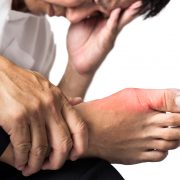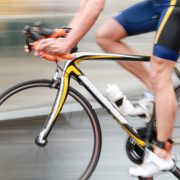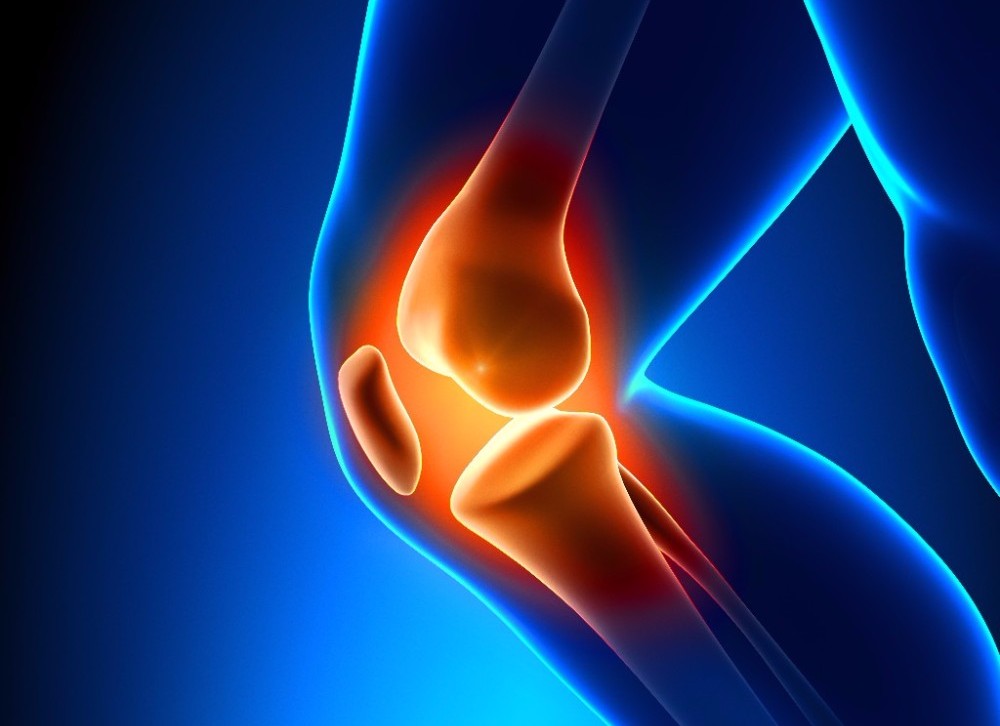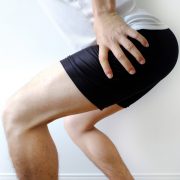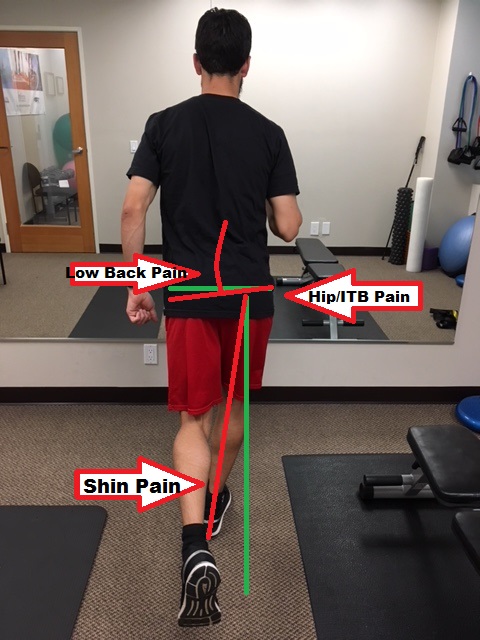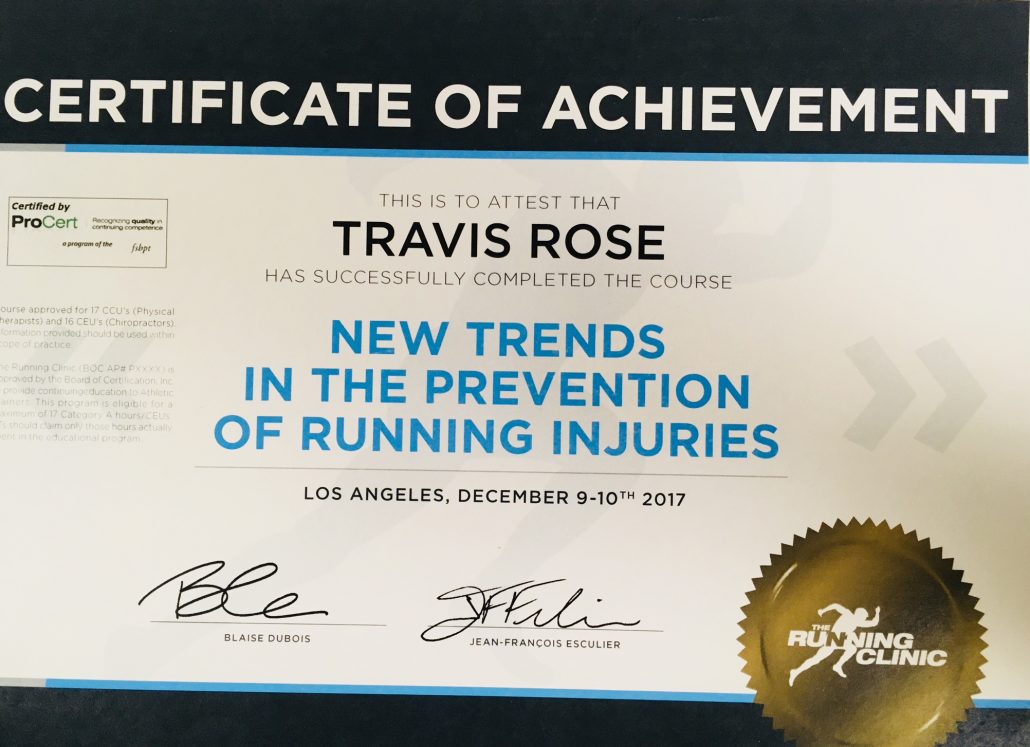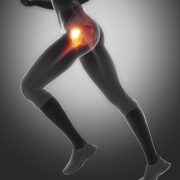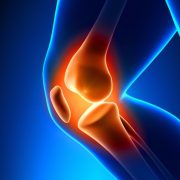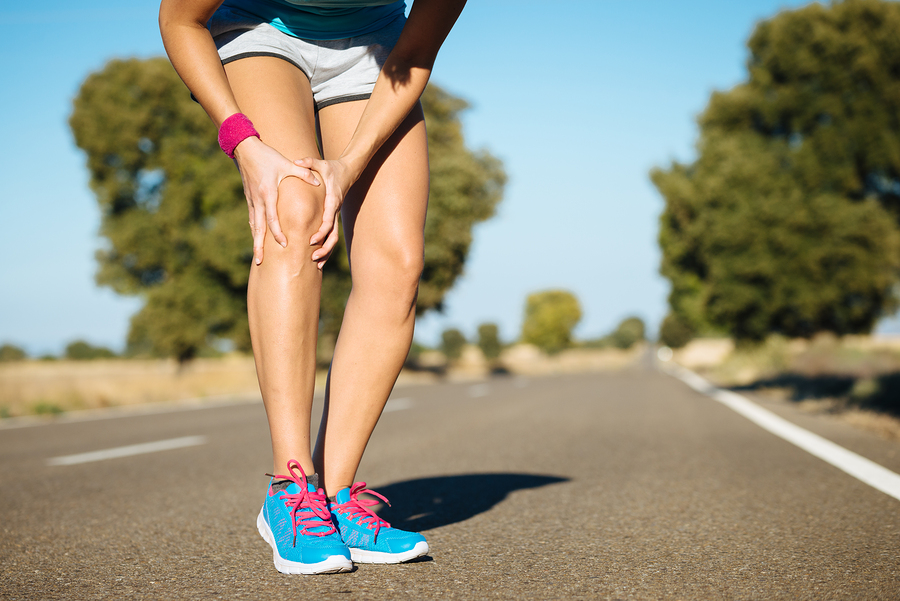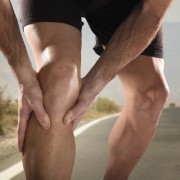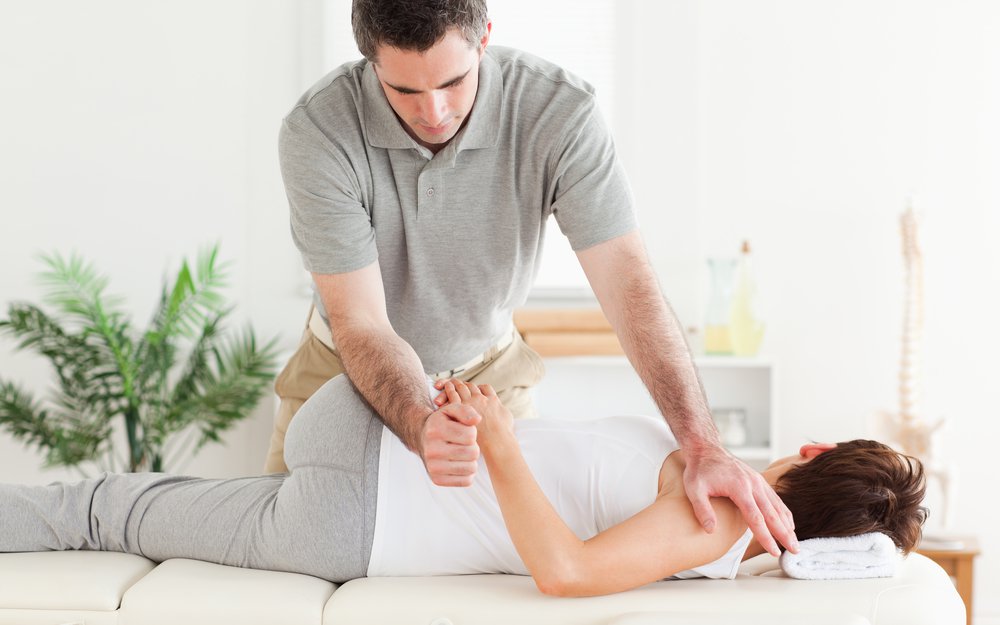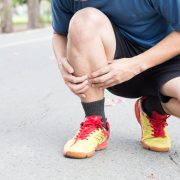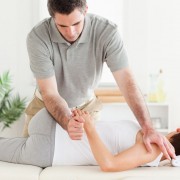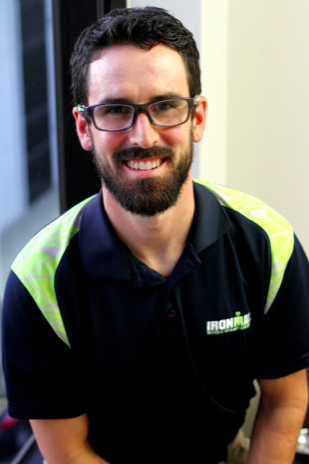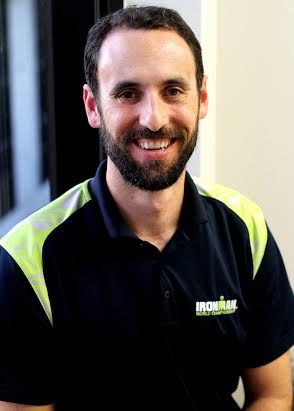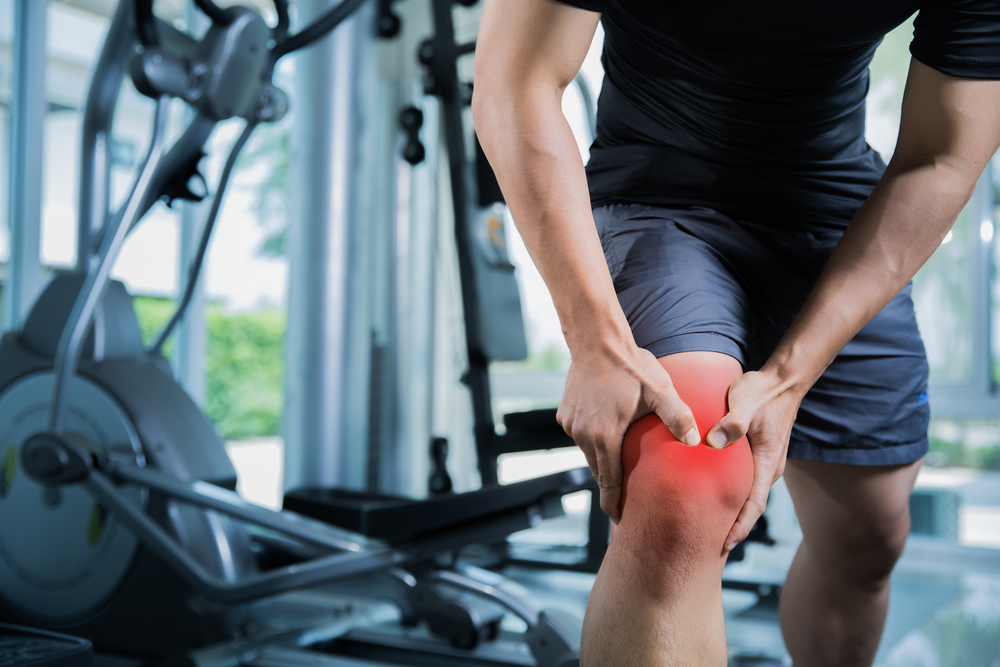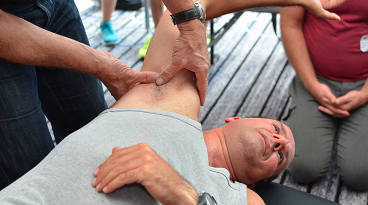Big Toe Pain and Conservative Treatment
Many sports and activities of daily living require movement through the foot and big toe. When you are experiencing big toe pain, sports and certain activities can become quite difficult to perform. If your big toe pain is extreme, simple tasks such as standing, or walking can become very difficult. You may have heard of professional athletes missing months from their sport due to “turf toe” or other big toe conditions. The first thought (and I used to be guilty of this!) is, “It’s only your toe! Get out there and play!”. Well, if you are a 300 pound lineman in football and yue pressing through your big toe to try and stop an equally sized person, then there is tremendous load though a very small joint! When thinking of it from that perspective, it’s amazing that more athletes do not succumb to big toe pain and dysfunction.
Causes of Big Toe Pain
Acute Causes
Most commonly, a big toe joint can become sprained when it is bent backward or forward forcefully. This over stretches the joint and tendons in of the big toe. The following two acute conditions are commonly seen in our sports injury clinic:
Turf toe-Using a football lineman as an example again, when he is pressing forward and is met with equal or greater force by the opposing lineman, the big toe can get over stretched. Pain is generally felt on the bottom of the big toe and is difficult to walk due to the inability to push off.
Sand toe- A soccer player is playing barefoot on the beach and goes to kick the ball. She misreads the position of the ball on the sand and kicks the sand more than the ball. This forces the big toe joint downward, overstretching the top of the
joint and attached tendons.
Chronic Causes
We more commonly treat big toe pain due to chronic reasons. These conditions generally develop over time and are seen in middle aged and older patients (although these can affect younger populations in some cases). The following are common big toe conditions we treat:
- Hallux valgus
- Bunion deformity
- Sesamoiditis
- Functional hallux limitus
- Hallux rigidus
Structural issues
In many cases, especially associated with chronic conditions, foot structure may cause pain and dysfunction at the big toe. Most commonly, we see the following:
- Forefoot valgus
- Forefoot varus
- Plantarflexed first ray
- Subtle cavus foot
- Pes planus
- Pes cavus
Inflammatory conditions
Some patients deal with recurring inflammation of the big toe joint. There are a few inflammatory arthritides that can affect the big toe. The most common cause of big toe joint pain and inflammation is Gout. A referral to a rheumatologist is warranted if an inflammatory arthritis is suspected.
Evaluation
Our Sports Doctor of Chiropractic will evaluate the big toe, foot, ankle, lower leg, and possibly continue up the body into the lower back. Some conditions can be affected by muscle/joint dysfunction above where the pain is actually occuring.
Treatment
When it comes to big toe pain, Active Release Technique and Graston technique can help restore normal tissue function around the big toe. Chiropractic adjustments to the ankle, and midfoot can help with proper foot function to de-load the painful big toe joint. Exercises are also prescribed to strengthen/stretch the small muscles of the foot to improve big toe mobility. If there are structural issues present and a patient has recurring symptoms or does not improve with care, orthotics may be prescribed to accommodate the structural issue.

